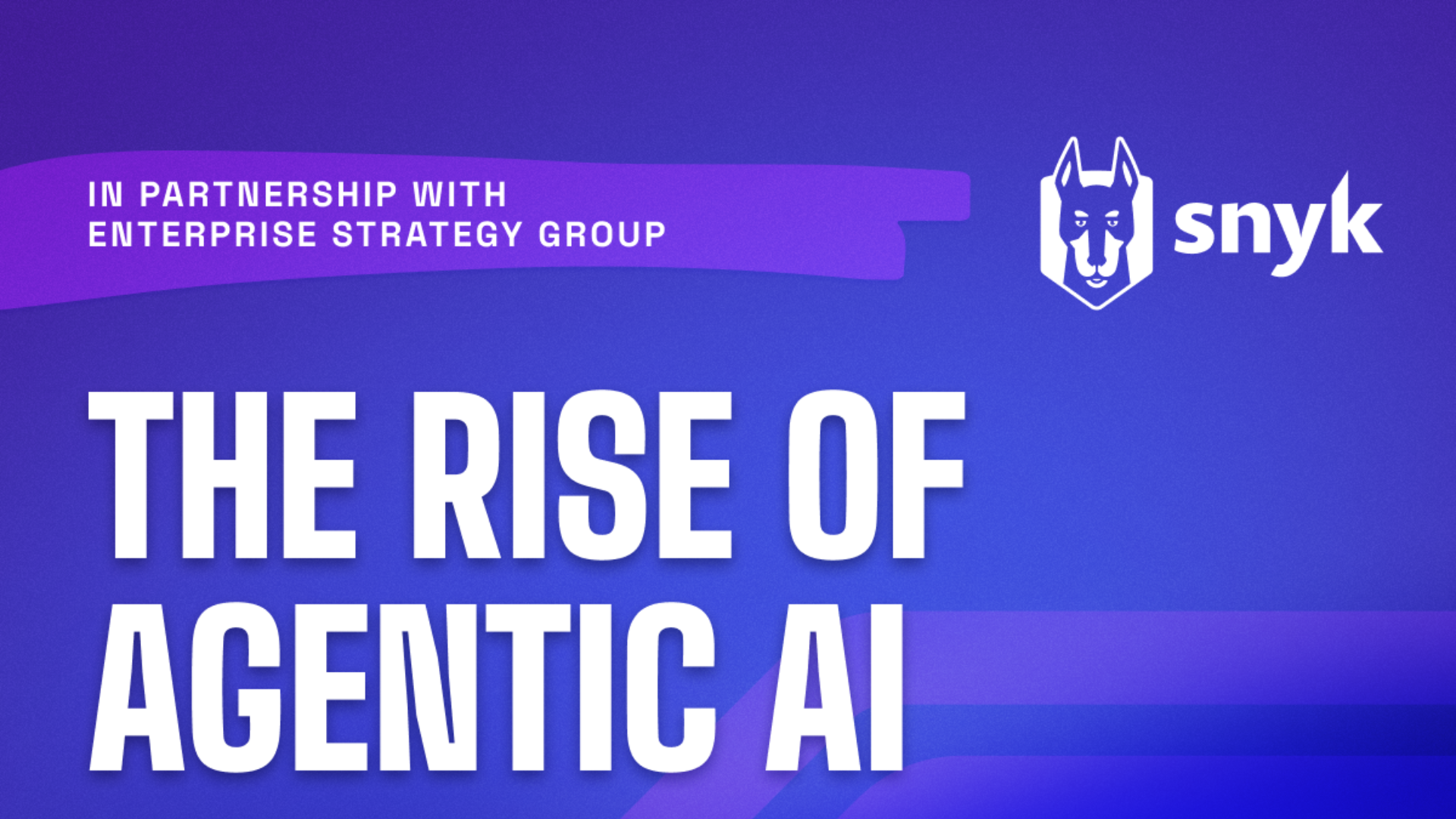Microsoft says this data center cooling technique can cut emissions by one-fifth – but switching to renewables will prove far more impactful
In a cradle-to-grave environmental assessment, Microsoft has examined manufacturing, transportation, deployment, and end-of-life disposal
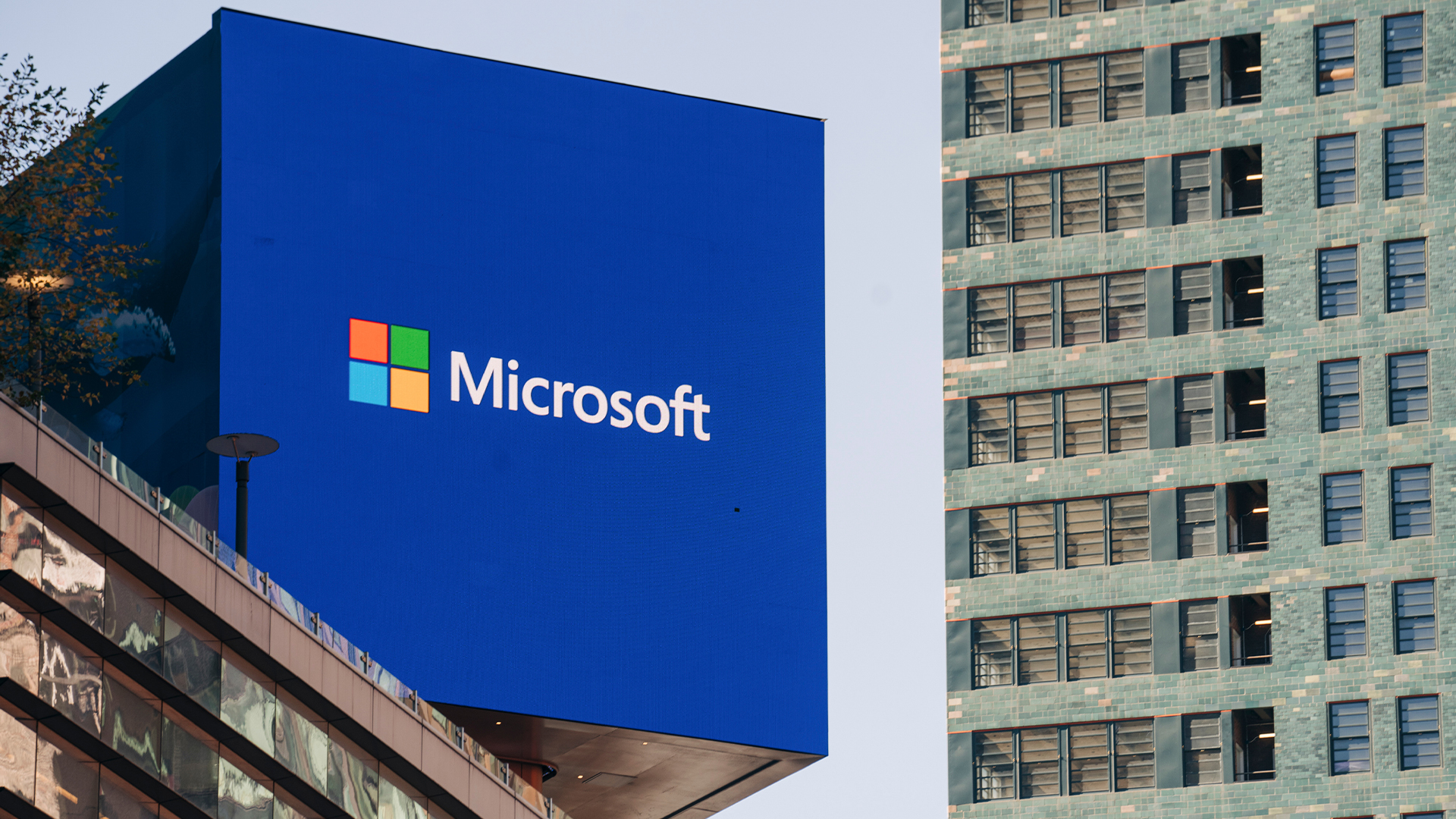

Microsoft has published what it said is a first-of-its-kind look at the total environmental footprint of data center cooling technologies, from raw materials to retirement.
The 'cradle-to-grave' life cycle assessment (LCA), published in Nature, tots up the total carbon, energy, and water usage across four major cooling methods: air cooling, cold plates, one-phase immersion, and two-phase immersion.
"In a nutshell, we’re trying to understand the trade-offs," said Teresa Nick, director, natural systems and sustainability for cloud operations and innovation at Microsoft and co-author of the paper. "You’re trying to understand the context of what you’re doing and what the impacts are."
While the standard approach for data centers has been air cooling, the industry has more recently been exploring cooling technologies that rely on liquids, which can dissipate heat much more directly and efficiently than air.
In the case of cold plates, a coolant is pumped in a loop to a flat container that sits directly on top of the chips in a server rack.
One-phase immersion involves operating servers in a tank that has cooling fluid pushed through in a circuit; while in two-phase immersion, server racks are in a tank filled with a different fluid that boils at low temperatures, with the vapor rising to condense, thus cooling, and return to the tank.
Compared with air cooling, the study found cold plates and the two immersion cooling technologies can reduce greenhouse gas emissions by between 15% and 21% over their entire life cycles, along with cutting energy demand by 15% to 20% and water consumption by between 31% and 52%.
Sign up today and you will receive a free copy of our Future Focus 2025 report - the leading guidance on AI, cybersecurity and other IT challenges as per 700+ senior executives
However, while two-phase immersion showed potential for improvements in all areas, it currently uses liquid polyfluoroalkyl substances, or PFAS - under regulatory scrutiny in the European Union and the US, meaning that they may be unavailable in the future.
"It was interesting to see that cold plates could be as good as the two immersion cooling methods," said Nick.
Microsoft eyes renewables gains
Meanwhile, researchers found transitioning to 100% renewable energy can cut emissions by as much as 90%, regardless of what cooling technologies were used.
Microsoft said it plans to use the findings to improve new data center designs and cloud operations, and to help meet its broader sustainability goals. It's also making the methodology available to others in the industry through an open research repository.
"Our intention is not to say, ‘this is the right technology.’ They all could be. There are different circumstances that make you use a technology," said Husam Alissa, director of systems technology in Cloud Operations and Innovation at Microsoft and leader of the lifecycle assessment study.
"What we’re trying to do here is tell the industry, ‘Here’s how you build an end-to-end life cycle assessment that takes cooling into account. And here is a tool for you that you can customize to your specific needs and then make a decision'."
MORE FROM ITPRO
Emma Woollacott is a freelance journalist writing for publications including the BBC, Private Eye, Forbes, Raconteur and specialist technology titles.
-
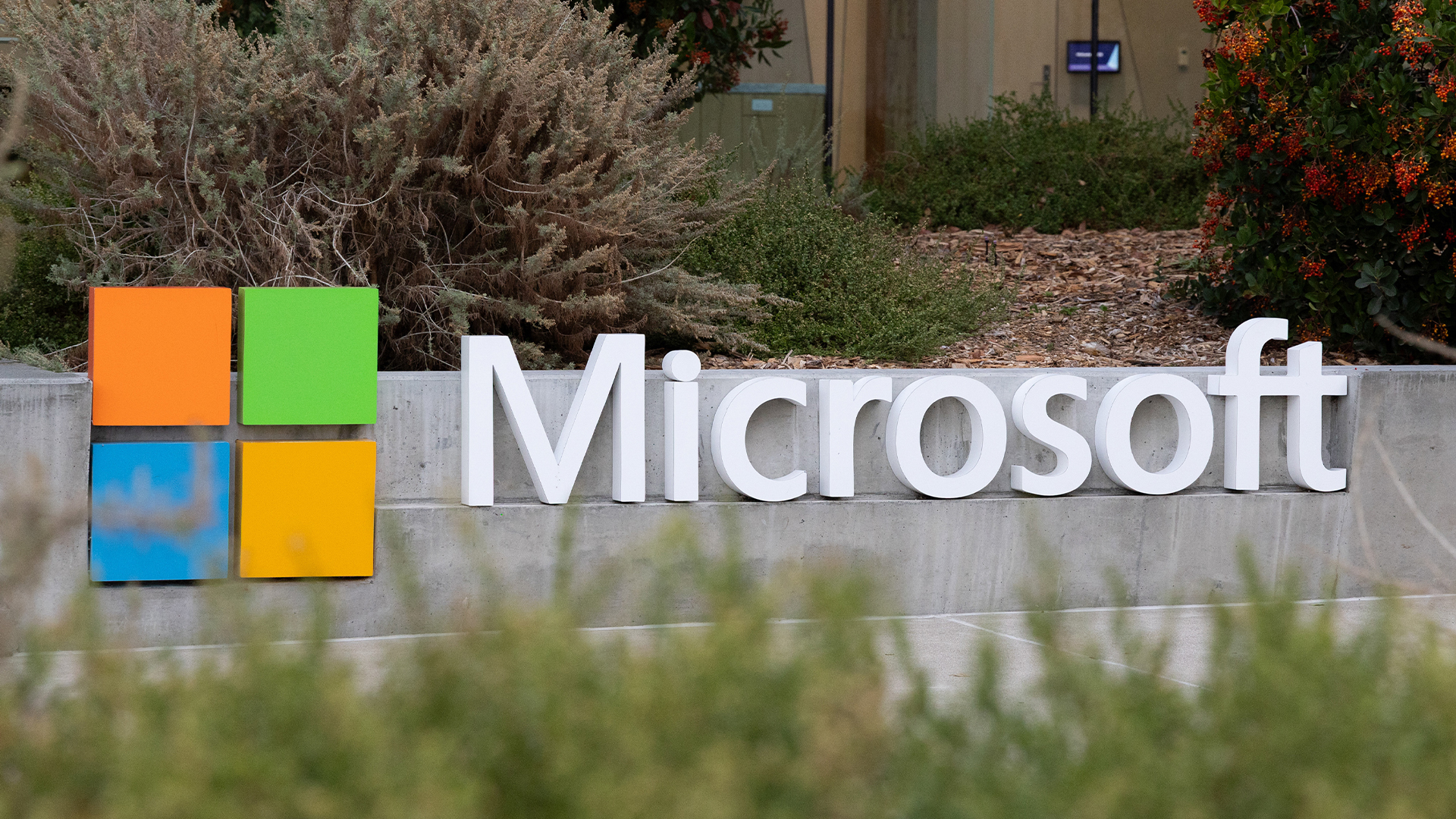 The Microsoft Azure outage explained: What happened, who was impacted, and what can we learn from it?
The Microsoft Azure outage explained: What happened, who was impacted, and what can we learn from it?News Microsoft has confirmed its Azure services are back online after a major outage impacted services across multiple regions – here's everything you need to know.
-
 Google just confirmed the location of its first small modular reactor
Google just confirmed the location of its first small modular reactorNews Developed by Kairos, Google's first small modular reactor will be located in Tennessee, with operations beginning in 2030.
-
 Microsoft's plan to use human waste to offset AI emissions stinks of greenwashing
Microsoft's plan to use human waste to offset AI emissions stinks of greenwashingOpinion Hyperscalers are getting increasingly gimmicky when it comes to sustainability
-
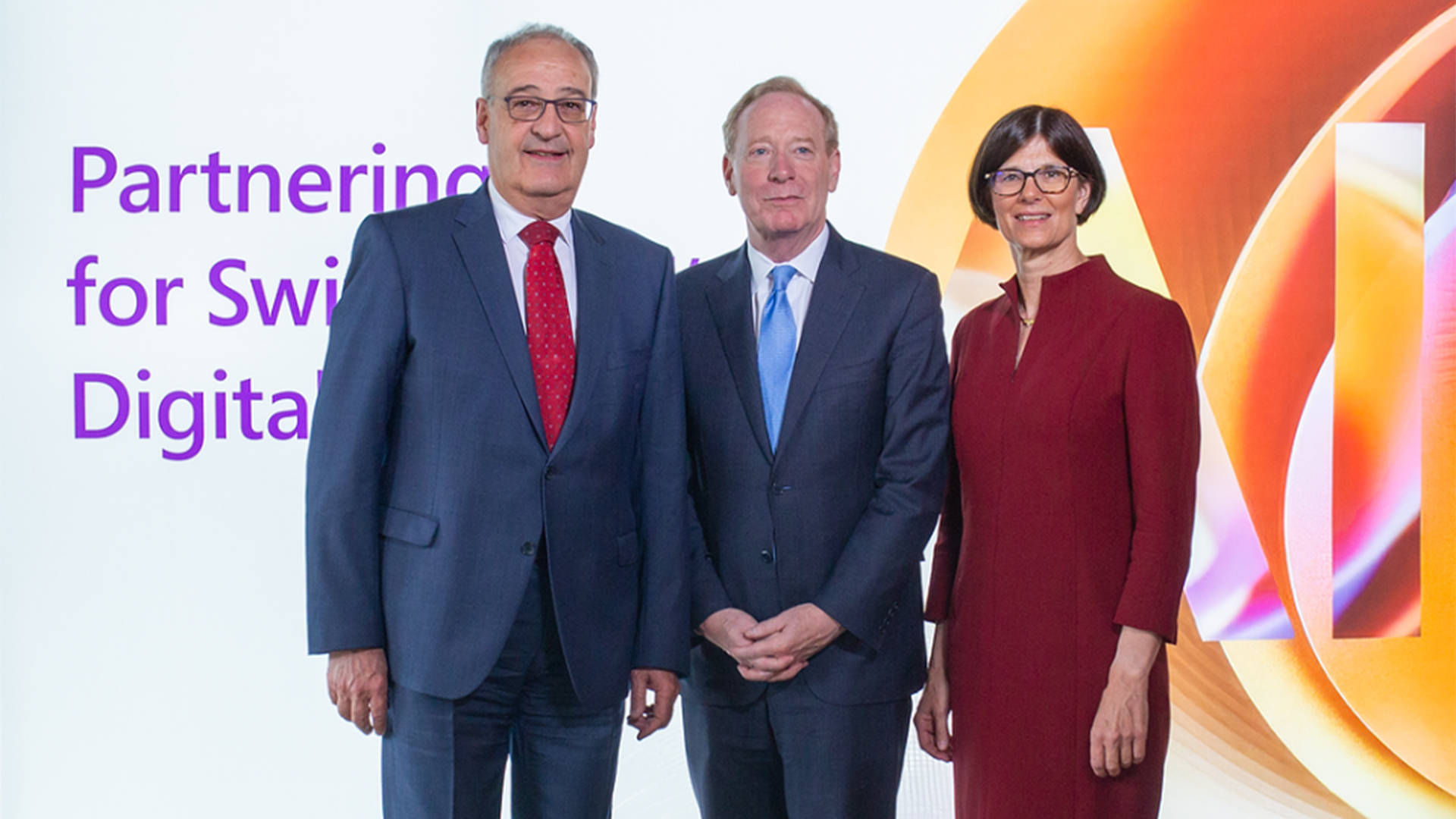 Microsoft invests $400 million to expand Swiss data centers
Microsoft invests $400 million to expand Swiss data centersNews Growing AI and cloud demand, plus data sovereignty requirements, are fueling European data center investment
-
 First Microsoft, now AWS: Why tech giants are hitting the brakes on costly data center plans
First Microsoft, now AWS: Why tech giants are hitting the brakes on costly data center plansNews Amazon Web Services (AWS) has paused plans for some data center leases, according to analysts, sparking further concerns about the cost of AI infrastructure spending plans.
-
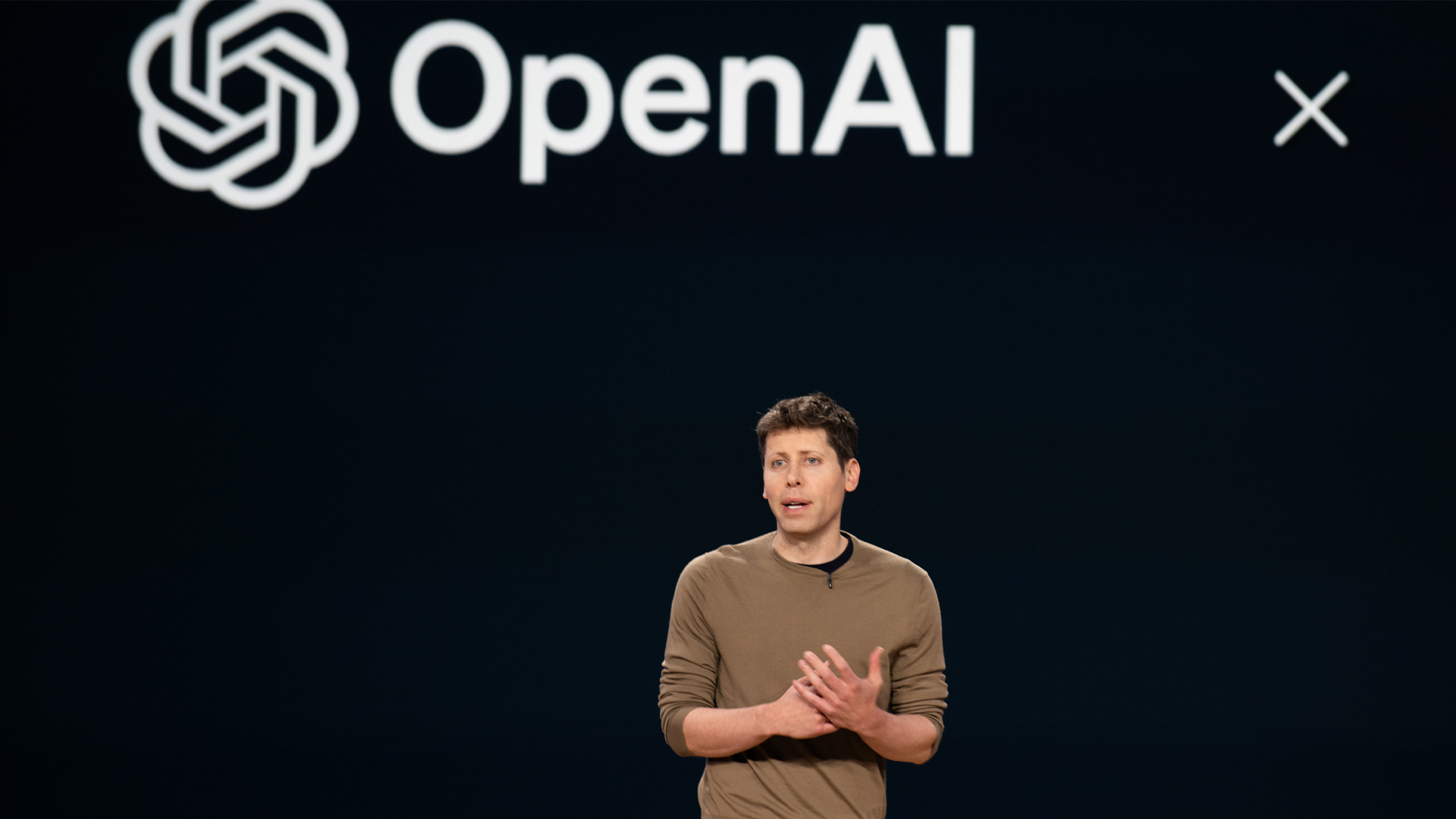 OpenAI inks $12bn CoreWeave deal in latest move away from Microsoft
OpenAI inks $12bn CoreWeave deal in latest move away from MicrosoftNews Cloud infrastructure company CoreWeave will supply OpenAI with infrastructure to run the firm's latest models in a deal worth nearly $12 billion.
-
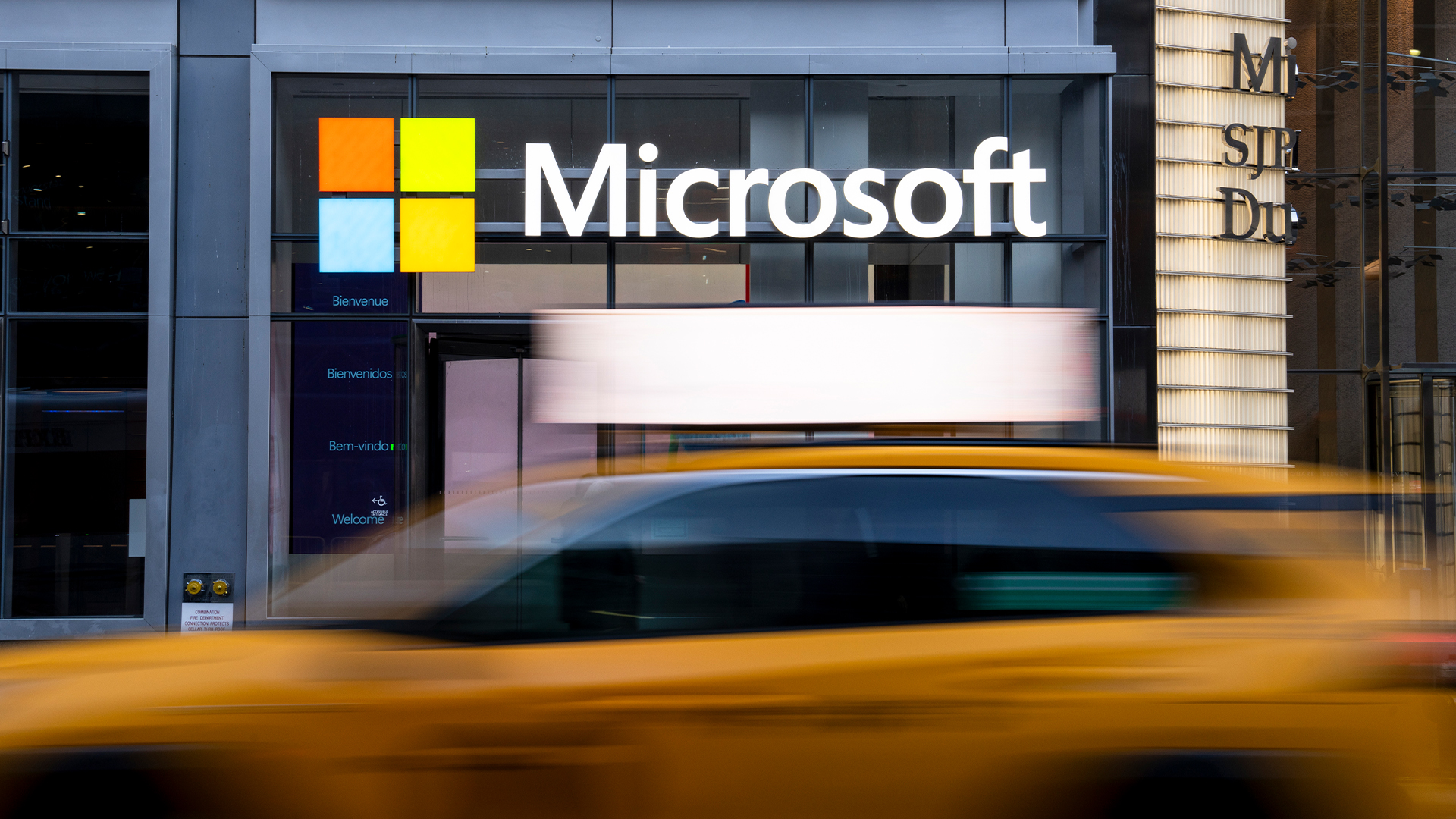 Analysts think Microsoft's data center rollback is bad news for the AI boom – but the company says not to worry
Analysts think Microsoft's data center rollback is bad news for the AI boom – but the company says not to worryNews Microsoft has reportedly ended leases for a significant amount of data center capacity, sparking debate over whether the AI boom is starting to falter.
-
 Microsoft invests $700 million to bolster cybersecurity and infrastructure in Poland
Microsoft invests $700 million to bolster cybersecurity and infrastructure in PolandNews Microsoft has announced plans to invest more than $700 million to support AI and cloud infrastructure expansion in Poland alongside cybersecurity support.


